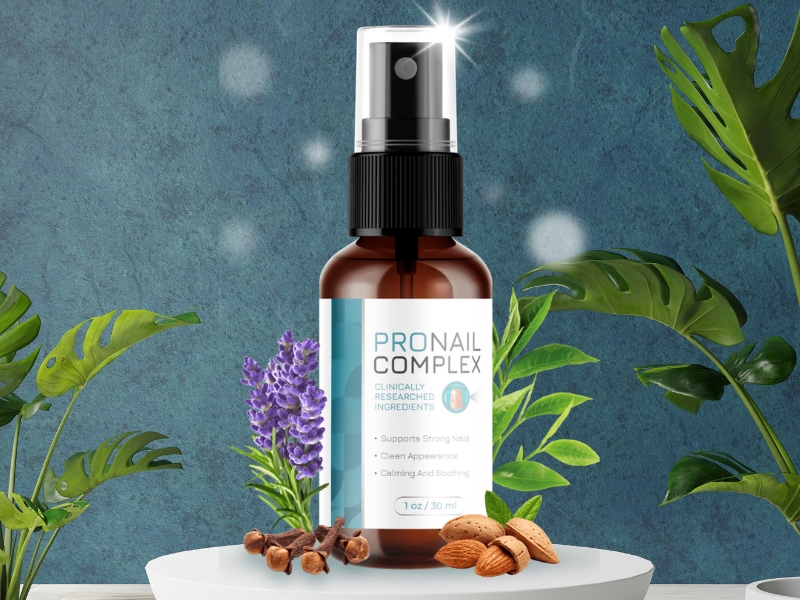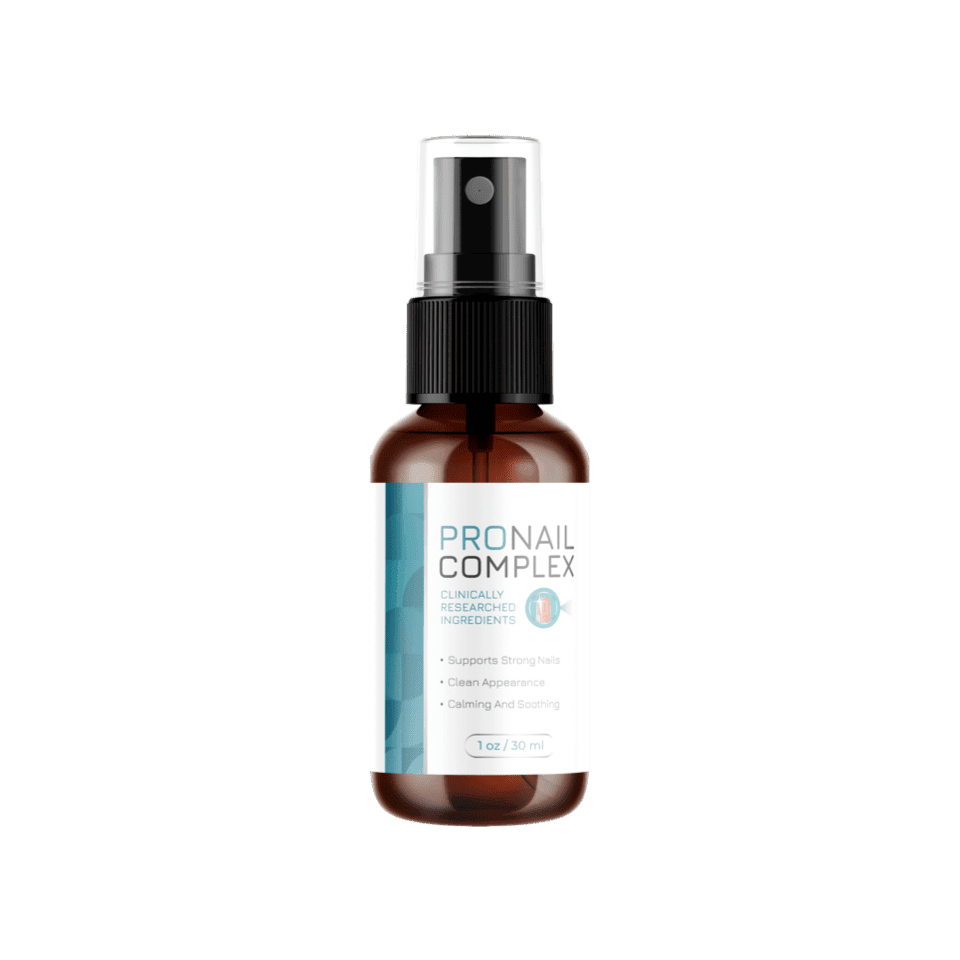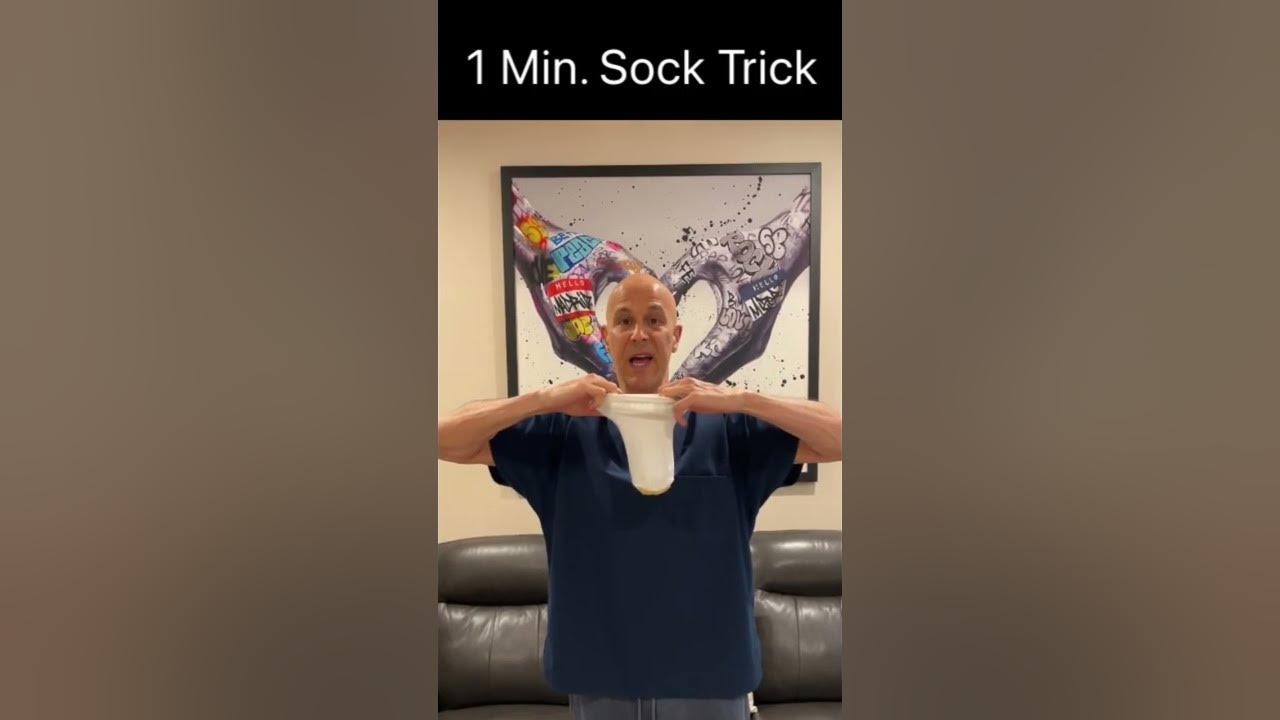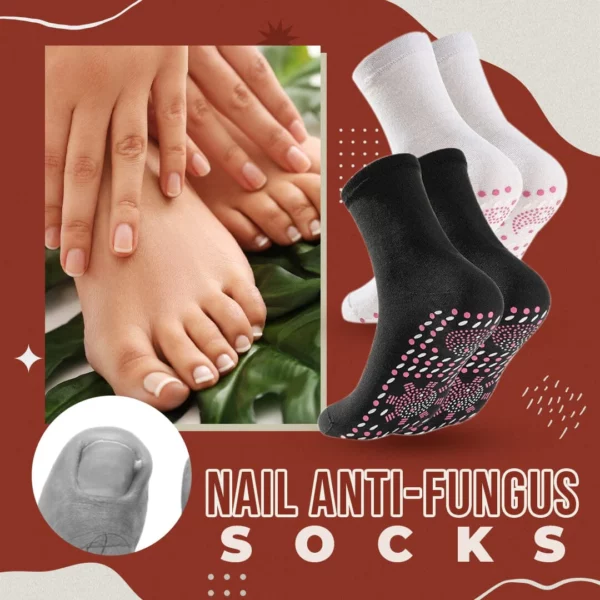1 Minute Sock Trick For Fungus

For millions, the relentless itch and unsightly discoloration of fungal infections, particularly toenail fungus (onychomycosis) and athlete's foot (tinea pedis), represent more than just a cosmetic nuisance. These persistent conditions can cause discomfort, pain, and even social embarrassment, significantly impacting quality of life.
Now, a purported "1-minute sock trick" is gaining traction online, promising rapid relief and eradication of these stubborn infections. But is this viral claim too good to be true, or does it hold a kernel of scientific validity?
This article delves into the alleged "1-minute sock trick," examining its components, analyzing its purported mechanisms of action, and consulting with medical experts to separate fact from fiction. We will explore existing, evidence-based treatments for fungal infections and ultimately assess whether this trending technique offers a legitimate alternative or merely perpetuates misinformation.
Understanding Fungal Infections: A Persistent Problem
Fungal infections thrive in warm, moist environments, making feet particularly vulnerable. Athlete's foot, characterized by itching, burning, and peeling skin, is typically caused by dermatophytes, fungi that feed on keratin, the protein found in skin, hair, and nails.
Toenail fungus, often more difficult to treat, causes thickening, discoloration, and sometimes crumbling of the nail.
According to the American Academy of Dermatology, fungal infections affect a significant portion of the population, with toenail fungus affecting an estimated 10% of adults overall and up to 20% of those over 60.
The "1-Minute Sock Trick" Decoded
The "1-minute sock trick," as popularized on social media platforms like TikTok and YouTube, typically involves the following steps: applying a solution of either vinegar or tea tree oil (or a combination of both) to a clean sock, then wearing the sock for a short duration, usually around one minute, followed by air drying the feet.
Proponents claim this method delivers antifungal agents directly to the affected area, supposedly killing the fungus quickly and effectively.
Some variations suggest using diluted bleach solutions; a practice that is strongly discouraged by medical professionals due to the risk of chemical burns and other adverse reactions.
Scientific Scrutiny: Do the Claims Hold Water?
The core principle behind the "sock trick" hinges on the purported antifungal properties of vinegar and tea tree oil.
Vinegar, specifically white vinegar, contains acetic acid, which has demonstrated some antifungal activity in vitro (in laboratory settings).
Tea tree oil contains terpinen-4-ol, a compound with known antifungal and antibacterial properties. Several studies have shown tea tree oil to be effective against certain types of fungi, including some dermatophytes.
However, the concentration of these substances and the duration of exposure in the "1-minute sock trick" are questionable. While in vitro studies show promise, these results don't always translate to effective treatments in real-world conditions.
Expert Opinions: A Cautious Perspective
Dr. Anya Miller, a dermatologist at Columbia University Medical Center, cautions against relying solely on the "1-minute sock trick." "While vinegar and tea tree oil possess some antifungal properties, their effectiveness in treating established fungal infections, particularly toenail fungus, is limited," she explains.
"The concentration and contact time are likely insufficient to eradicate the fungus completely, and there's a risk of skin irritation, especially with undiluted vinegar."
Dr. Ben Carter, a podiatrist at the Mayo Clinic, echoes this sentiment. "Fungal infections, particularly toenail fungus, are notoriously difficult to treat because the fungus resides deep within the nail bed. Topical treatments often struggle to penetrate effectively."
Furthermore, relying on unproven remedies can delay appropriate medical care, potentially leading to more severe complications. Both experts emphasize the importance of consulting a healthcare professional for diagnosis and evidence-based treatment options.
Evidence-Based Treatments: What Works?
The gold standard treatments for fungal infections typically involve prescription antifungal medications, either topical or oral. Topical antifungals, such as terbinafine and ciclopirox, are often prescribed for mild to moderate infections.
Oral antifungals, such as terbinafine and itraconazole, are generally more effective for severe or persistent infections, particularly toenail fungus.
Laser therapy is another option for toenail fungus. This involves using a laser to target and kill the fungus within the nail bed.
While promising, laser therapy can be expensive and may require multiple treatments.
The Risk of Misinformation and Self-Treatment
The popularity of the "1-minute sock trick" underscores the pervasive desire for quick and easy solutions to health problems. However, relying on unverified information found online can be detrimental.
Self-treating fungal infections without proper diagnosis can lead to misdiagnosis, ineffective treatment, and the potential for the infection to worsen or spread. Furthermore, using harsh substances like undiluted vinegar or bleach can cause skin irritation, chemical burns, and other adverse reactions.
"It's crucial to approach viral health trends with skepticism and consult with a qualified healthcare professional before trying any new treatment," advises Dr. Miller.
Conclusion: Separating Hype from Reality
While the "1-minute sock trick" may offer some temporary relief from the symptoms of mild fungal infections, there's little scientific evidence to support its claim as a rapid and effective cure. The concentration of antifungal agents and the duration of exposure are likely insufficient to eradicate the fungus completely, especially in established infections.
Relying solely on this technique can delay appropriate medical care and potentially lead to more severe complications.
The information should not be considered a substitute for professional medical advice. Instead, consult with a doctor or other qualified healthcare provider for accurate diagnosis and treatment of fungal infections.
Evidence-based treatments, such as prescription antifungal medications and laser therapy, remain the most effective options for managing these persistent conditions.









![1 Minute Sock Trick For Fungus Best Socks for Toenail Fungus & Foot Fungus [Top 5 Socks]](https://www.michiganfootdoctors.com/uploads/2023/03/best-socks-for-toenail-fungus.jpg)








